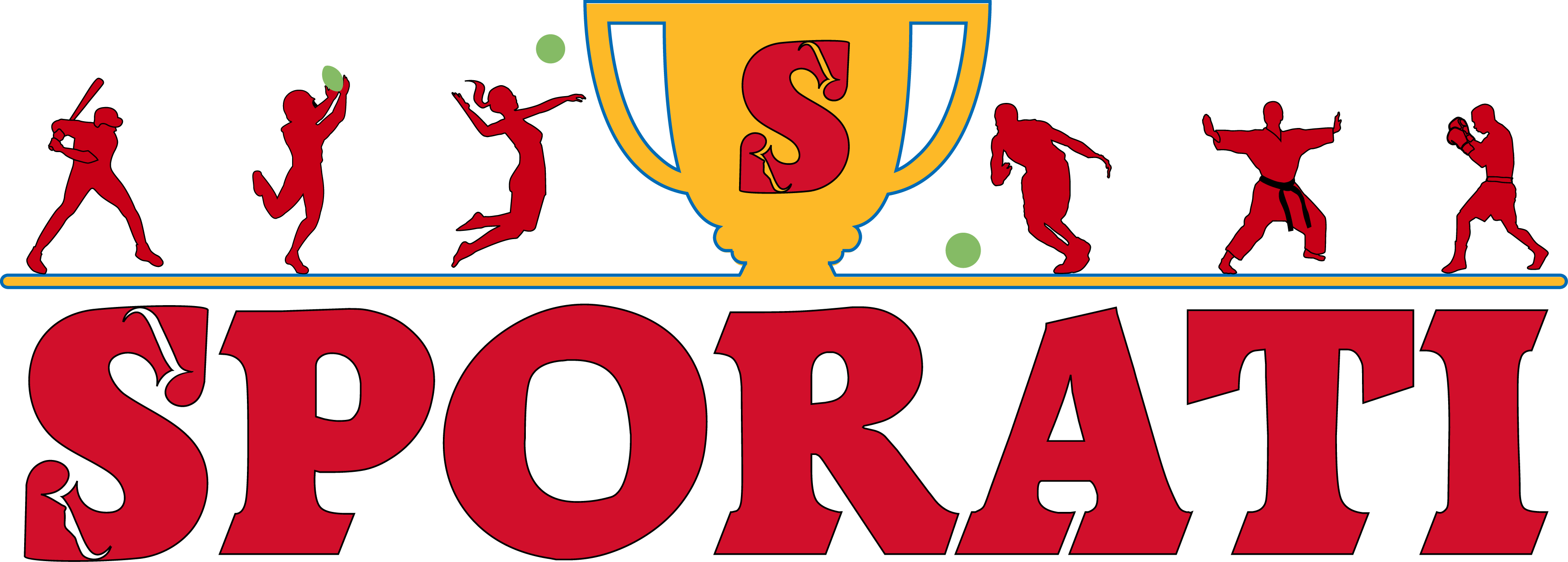Arif Khan Qualifies for Winter Olympics 2026 in Slalom for India
India’s Winter Olympics Hope
When you think of India and sports, images of cricket stadiums, packed hockey fields, and rising badminton stars often come to mind. But amid the subcontinent’s sweaty summers and sun-soaked pastures, a young man has been carving arcs of snow high in the European Alpschasing a dream that’s ice-cold and steep: the Winter Olympics. Welcome back to center stage, Arif Mohammad Khan, India’s alpine spearhead at the 2026 Winter Olympics in Milan-Cortina.
From the Slopes of Gulmarg to the World Stage
Born and raised in the snowy serenity of Gulmarg, Jammu & Kashmir, Arif is no stranger to snow-covered slopes. Where most kids learn to balance on bikes, he was fine-tuning his skiing technique on the rugged Himalayan terrain. Fast forward a couple of decades, and the now 33-year-old has etched his name in Indian skiing folkloreand he’s not done yet.
This week, Khan qualified for the Slalom event at the 2026 Winter Olympics, securing his position through top-tier performances across FIS-recognized events. As per the Fédération Internationale de Ski & Snowboard (FIS), he was confirmed eligible with an updated Olympic quota list dated March 18, 2024.
At a glance, it might seem like just another qualification. But zoom in, and you’ll see what it actually isa blizzard of resilience, discipline, and unshakable belief.
Skiing Uphill in a Cricket-Crazy Nation
Let’s not sugarcoat italpine skiing is a sport largely undone by its physical and climatic constraints in India. That’s what makes Arif’s qualification so Olympic in itself. Training abroad, chasing sponsorships, and navigating a bureaucratic maze wouldn’t be most athletes’ idea of “fun,” but Arif has never taken the easy trail down the mountain.
In 2022, he became India’s only athlete to compete in the Beijing Winter Olympics. He marked his presence with fierce determination in two alpine skiing disciplinesSlalom and Giant Slalom. Although he didn’t snag a medal, his mere attendance signified a nation planting its flag into snow-laden landscapes where it had barely stepped before.
All Eyes on Milan-Cortina
With the 2026 Winter Games less than two years away, the pressure buildsbut so does the excitement. Khan will once again be going head-to-head with the world’s elite technical skiers. The Slalom, known for its rapid turns and merciless rhythm, demands not just physical agility but razor-sharp mental focus. One wobble, one arc too wide, and it’s game over. But Arif knows this dance well.
“The dream is not just to participate. It’s to compete… and compete with purpose,”
While many in Milan may glide in on well-funded skis and leave trails of commercial influence, Arif arrives with something far more magnetica backstory laced with grit and an entire nation leaning in with hopeful anticipation.
Support Begins at Home
Indian winter sports remain largely a self-funded frontier. While cricketers enjoy multi-million dollar endorsements and academies, athletes like Arif often rely on personal networks, passionate coaches, and goodwill. Olympics qualification is not just a medal chase; it’s a cry for attentiona request for investment, infrastructure, and vision.
Thankfully, the winds may be shifting. With the Sports Authority of India showing signs of increased investment in niche sports, and the country’s viewers warming up to global events beyond cricket, Arif may just find the support he needsboth for training and for inspiring the next generation to think beyond bat and ball.
Carving a New Path
India sending athletes to winter sports events may always seem like an anomaly, but that’s what makes it special. In a world increasingly dominated by short attention spans and instant gratification, Khan’s journeyuphill, both literally and metaphoricallyis a skier’s lesson in patience and perseverance.
For budding skiers in the snow-laced valleys of North India and curious athletes peeking outside the cricket nets for something different, Arif Mohammad Khan may just be the torchbearer they didn’t know they needed.
Final Thoughts: Not Just a Lone Skier
With his 2026 qualification, Arif Mohammad Khan isn’t just representing Indiahe’s representing possibility. He’s carrying the weight of a tropical nation’s winter dreams, slicing through ice to prove that talent knows no geography. So, come Milan-Cortina, he won’t just be skiing through gateshe’ll be breaking stereotypes, too.
Where most see snow as a barrier, Arif sees it as a runway. And come 2026, all of India will be watchinghearts in mouths, flags in hand, and hope, glimmering in the frost.

